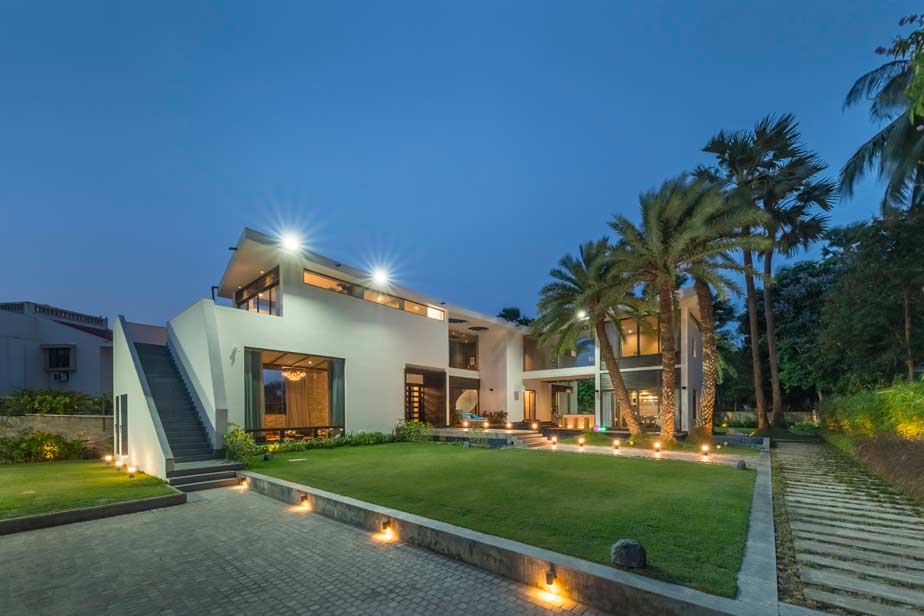Interior Design
Interior design is an integral part of architecture, focused on creating interior spaces that make the building both functional and aesthetically appealing. Still, we have different kinds of buildings, so it makes sense that we have different kinds of interior designs. One of the biggest arenas for designers is residential design, or the interiors of spaces in which people live. This can include houses, apartments, condos, and anywhere else where people reside. The architect may build the house, but it’s the designer’s job to make it a home.
Residential interior designers coordinate the interiors of homes, which means that their job is very different than someone who designs something like a bank or a commercial center. Interior design is always a matter of balancing aesthetic and function, so we need to consider the primary function of a residence: it’s a place where people live. Therefore, a residential designer’s primary focus is creating a livable space.
This means that residential designs needs to be comfortable and usable. Think of what you use your home for. It’s where you relax, cook, and eat. It may be where you entertain close friends or small groups of guests. You may have a home office for work. Residential needs tend to be focused on smaller groups and more relaxed atmospheres than you’d find in a commercial building, and the interior designer needs to ensure that the colors, lighting, furniture, appliances, temperature, and general layout meet these needs. In other words, the interior needs to be livable.
Architecture
Architectural design is primarily driven by the holistically creative manipulation of mass, space, volume, texture, light, shadow, materials, program, and Realistic elements such as cost, construction and technology, in order to achieve an end which is aesthetic, functional and often artistic. This distinguishes Architecture from engineering design, which is usually driven primarily by the creative application of mathematical and scientific principles.
Interior Architecture bridges the practices of interior design and architecture so that professionals working in the field have a structural and load bearing education with an emphasis on interior spaces. The field is similar to architecture in that it deals with structures and load bearing walls. It is similar to interior design in that it focuses on interior spaces.
There is no one-size-fits approach in architecture, each building project should respond to its very unique context: site, climate, social, budget and materials.
Buildings also need to be able to age well, to adapt to changing requirements and have flexibility to accommodate various uses. They also should be built sustainable, in both the materials that they use during construction, and the energy resources that they require to function.
Lifestyle
An architect plans, designs, and oversees the construction of buildings. To practice lifestyle architecture means to provide services in connection with the design and construction of productively healthy families and relationships, as well as the environments surrounding the people within.
Professionally, an architect’s decisions affect public safety, and thus an architect must undergo specialized training consisting of education including and not limited to: Anatomy, Physiology, Psychology, Spirituality, Quantum Physics, Negotiation, Fine Arts, Survival, Education.
A Lifestyle Architect has the practical, technical, and academic requirements based in an advanced and modern understanding of the human condition. This includes a deep respect to the inseparable connections between the body, mind, and spirit.



